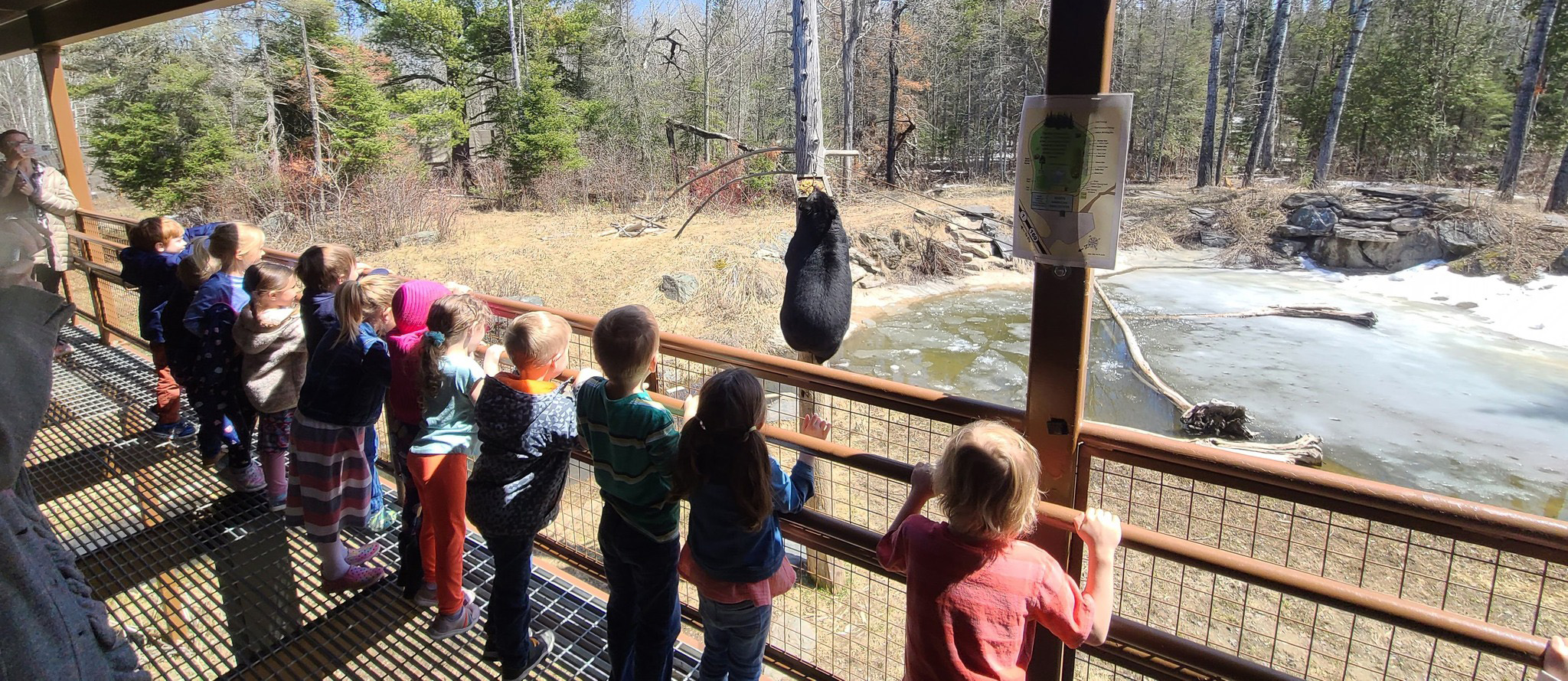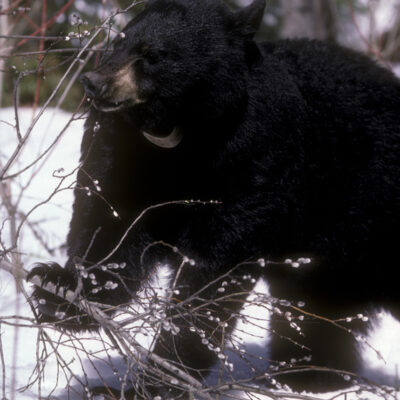What Do Bears Like to Eat in a Beehive?
Although bears prefer immature bees, they also will eat honey, depending upon the alternatives. Honey is mostly sugar with an average composition of 38.5 percent fructose 31.0 percent glucose 17.1…
Read More

Although bears prefer immature bees, they also will eat honey, depending upon the alternatives. Honey is mostly sugar with an average composition of 38.5 percent fructose 31.0 percent glucose 17.1…
Read More
In outbreak years, caterpillars usually hatch in May, defoliate huge areas, and pupate 5-6 weeks later in June or early July. As the caterpillars grow, they increase their percent fat…
Read More
Insects and animal matter are less than 10% of the annual black bear diet around Ely and across most of North America. Across America, exceptions occur along the Pacific coast…
Read More
Hazelnuts are one of the most important and preferred bear foods in northeastern Minnesota. Across North America, availability of hard mast (nuts and acorns) is a major predictor of bear…
Read More
Ant specialists refer to ant larvae and pupae as “brood.” These digestible clumps of fat and protein are the main source of animal protein for black bears over much of…
Read More
Berries are important foods throughout the black bear range. The most commonly eaten berries in northeastern Minnesota are sarsaparilla berries, juneberries, cherries, dogwood berries, blueberries, and raspberries. Many other berries…
Read More
Green vegetation and flower parts are important foods in northeastern Minnesota from spring to fall. In April, flower parts of aspen, willow, maple, ash, and hazel are the main foods….
Read More
Black bear mothers give birth in January and stay with their cubs for 16-17 months. Family bonds remain strong right up to the day of family breakup. In the days…
Read More
Few animals play more than bear cubs do, but why they play remains a mystery. Scientists have suggested that young animals might play to: stimulate development of the brain increase…
Read More
Early May Only patches of snow remain. Greenup begins. Cubs’ legs are long enough to follow mother. Mother leads them to feeding areas where she takes advantage of nutrient-rich spring…
Read MoreWe are a 501(c)(3) non-profit that relies entirely on the support of visitors, merchandise sales and people like you. We do not receive any state or federal funding.
Help support our mission.
Donate Now